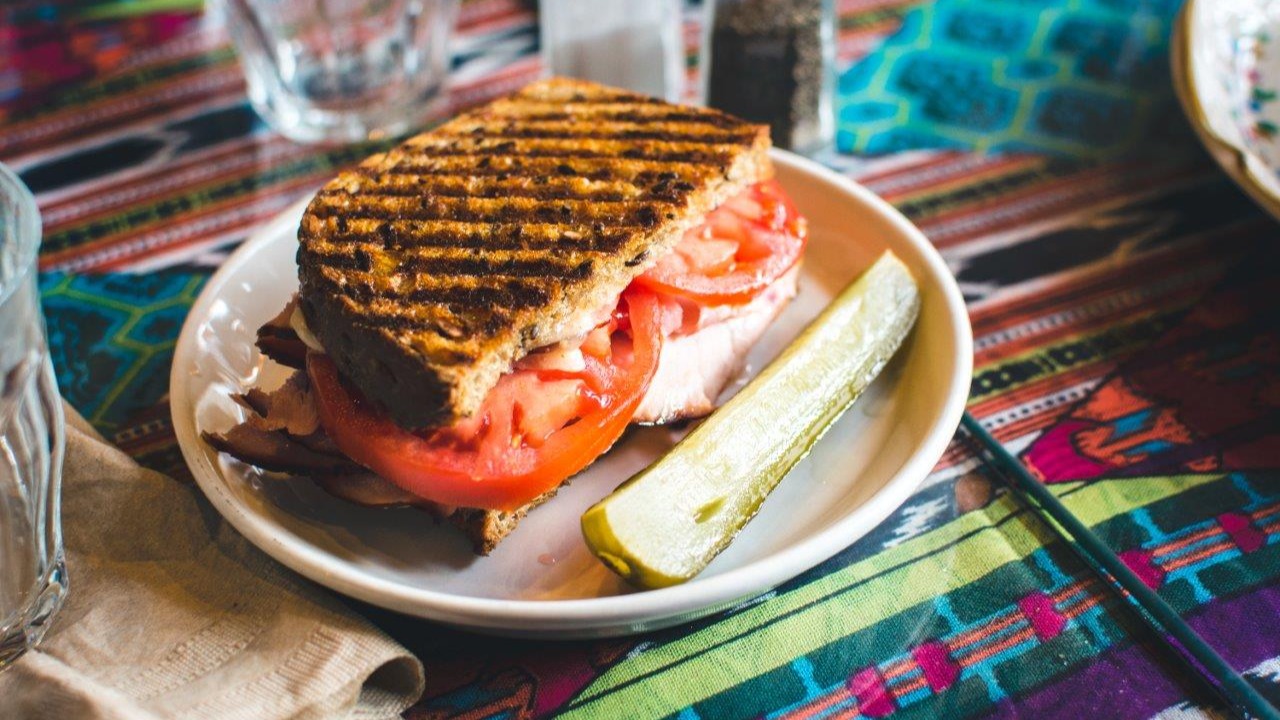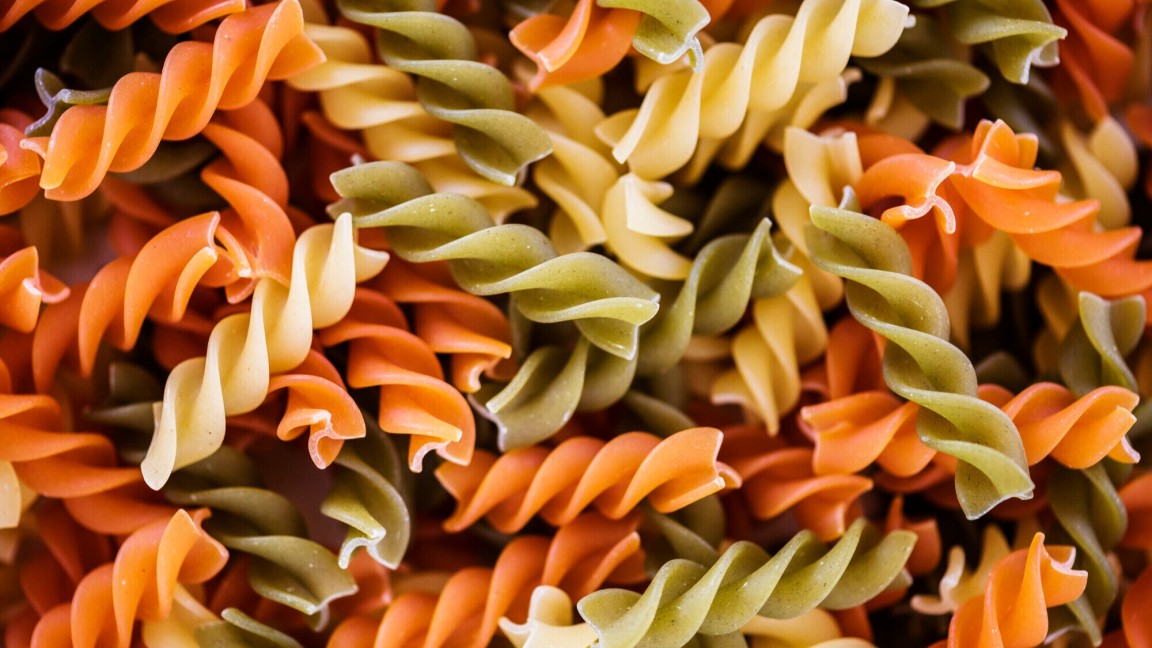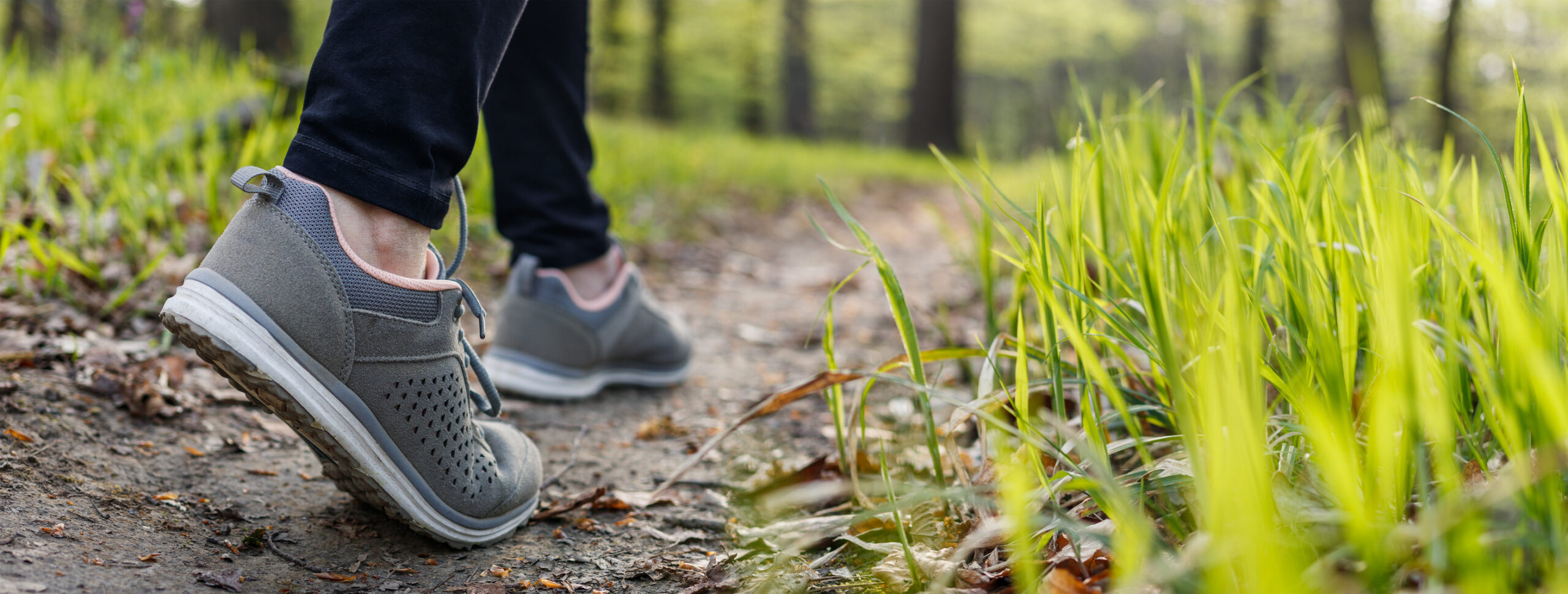Carbohydrates (carbs) tend to divide opinion when it comes to weight loss. You’ve probably heard that ‘carbs are bad’, but what’s the real story? Are we being unfair on carbs?
You’ve likely heard of the Atkins, South Beach and Keto Diets. They all follow the principle that reducing your carbs will lead you to lose weight. Let’s look at if that’s really the case.
Carbohydrates are one of 3 macronutrients, alongside fats and proteins. There are 3 types of carbohydrate: sugar, starch and fibre.
- Sugars are found naturally in foods like fruits and dairy but also added in manufacturing processes to many foods
- Starches are found in bread, potatoes, rice and pasta
- Fibre is found in fruit, veg, wholegrains and pulses
All carbohydrates are broken down into glucose, which your body uses for energy. Current guidelines suggest carbs should make up around 50% of your daily calorie intake. So, why are low carb diets promoted for weight loss?
The ‘carbohydrate-insulin’ hypothesis suggests eating carbs causes insulin levels to rise, meaning less fat is broken down in our bodies and more is moved into storage. The theory is that following a low carb diet will lower your insulin levels and burn more fat.
It’s the quality and quantity of the carbs you consume that’s key
What science says
Studies have shown that the amount of carbs you consume has little to do with how much fat you burn, regardless of insulin levels in your body. What’s more, research shows that carbs don’t cause you to gain weight any more than fat does. Put plainly, any food can cause weight gain if you eat too much of it. Some carbs are better than others, in terms of overall nutrition and the effect on your weight and wellbeing.
The glycaemic index (GI)
This rates food containing carbohydrates, showing how quickly it affects our blood sugar (glucose) levels. A high GI rating indicates carbs that are broken down quickly in the body, causing a rapid rise and fall in blood glucose. High GI foods include:
- Sugar, sugary foods and drinks
- Sugary soft drinks
- White bread
- Potatoes
A medium or low rating is given to carbs that break down more slowly, causing a gradual rise and fall in blood glucose. Low and medium GI foods include:
- Wholegrain foods such as porridge oats
- Brown rice
- Pulses
- Some fruit and veg

It’s the quality and quantity of the carbs you consume that’s key. High fibre, low and medium GI foods have a steadier effect on blood glucose than processed, sugary foods and may help to feel fuller for longer. This can help you stay in control of your appetite and on track with your weight loss ambitions.
Reducing carbohydrates can mean we miss out:
- High fibre diets are associated with reduced cholesterol levels, as well as a lowered risk of cardiovascular disease, bowel cancer and type 2 diabetes. Most of us struggle to achieve the recommended intake of 30g fibre a day. Reducing carbs makes it even trickier.
- Fruit, vegetables and pulses are a source of valuable vitamins and minerals. By restricting carbs, over the long term you could become deficient in certain nutrients which could negatively impact your health.
- It might lead to you eating more fats and proteins, which could up your intake of saturated fat. Ultimately, your cholesterol could rise.
- Very low carb diets (less than 50g) can result in a build up of ketones in the blood. This can cause dizziness, sickness, headaches and dehydration.
- Some people on low card diets struggle with a lack of energy during exercise (muscles rely on carbs as their main source of fuel). This could get in the way of you hitting your exercise targets – not great if weight loss is your ambition.
We don’t need to cut out entire food groups to lose weight. There is certainly a case for reducing processed and sugary carbohydrates in our diet. Healthier sources such as wholegrains, fruit, vegetables and pulses are integral to a balanced diet. The best dietary choices for you are those that meet your needs. If you find potatoes and pasta make you feel sluggish and bloated, replace them with alternatives like spiralized courgettes or cauliflower mash. But if you function well after a hearty bowl of pasta or a toasted sandwich, that is A-OK.



